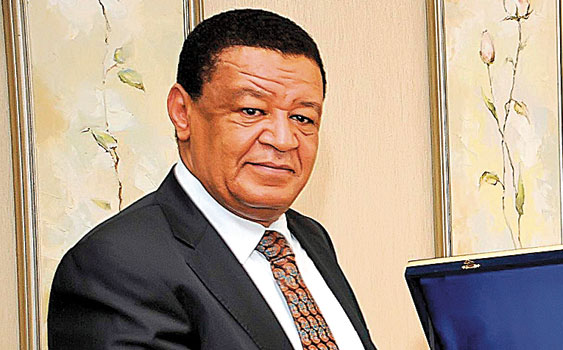Sub-Saharan Africa’s Telecommunication market is set to maintain positive returns as service revenue is predicted to top $65 billion by 2018.
According to market intelligence specialists, Analysys Mason, the African telecoms market is set to be one of the main growth success stories for the global telecoms sector in the next 5 years. It is expected to sustain a growth average of 6 percent between 2013–2018 (mobile at 6.7 percent and fixed at 1.0 percent). Such unprecedented growth is poised to attract $16 billion more than the market’s $49 billion revenue in 2013.
“The Sub-Saharan Africa telecoms market is growing faster than that of any other region, and will increase its share of worldwide telecoms revenue over the next 5 years, although this will still remain small compared with other regions,” said Mpho Moyo, Analysys Mason’s regional analyst.
Mobile Data vs Mobile Voice Growth
In its new report entitled Sub-Saharan Africa telecoms market: trends and forecasts 2013–2018, the consulting firm noted that the region’s telecoms sector is expected to continue the transition, with revenue growth from mobile data services increasingly matching mobile voice growth.

According to the report, mobile data revenue will grow far faster than mobile voice revenue (at a 5-year CAGR of 19.6 percent compared with 4.7 percent for voice).
Mobile voice and handset data revenue will together deliver 90 percent of the total telecoms revenue growth in the region in the next 5 years.
Mobile Domination
Telecoms revenue in Sub-Saharan Africa will continue to be heavily dominated by mobile services, which accounted for 86.5 percent of telecoms revenue in 2013 and will contribute an even higher 89.4 percent in 2018.
With mobile penetration in the region at 80 percent, mobile voice will continue to be the largest component of the telecoms market through 2018, as new subscribers, new market entrants and mobile termination rate (MTR) reductions drive price competition and increased traffic.
Mobile handset data’s share of total telecoms revenue will almost double by 2018, reflecting the role of mobile devices as the main Internet access point for most users in Africa.
Growth of mobile data has been fostered by the increasing penetration of smartphones in sub-Saharan Africa, as competition in the mobile phone market has heralded the availability of budget smartphones.
Smartphone penetration, estimated at 12 percent in 2013 will more than double to 26 percent in 2018 (at a CAGR of 25.2%).

Challenges
Despite the impressive growth of Africa’s telecoms sector, access to high-speed broadband services will remain restricted to a minority of users in the region for the next 5 years due to significant structural and commercial barriers that usually exist outside major urban areas.
3G connections will account for 23 percent of mobile connections by 2018, while 4G will account for only 3 percent.
Fixed broadband household penetration will also continue to lag significantly behind global averages (projected to reach almost 10 percent by the end of 2014) at only 3.3 percent in 2018, and levels well below 2.0% in most markets.
Data Services a Gold mine For Industry Players
According to report co-author, Alexandra Rehak, under-penetration of fixed and mobile data services in Sub-Saharan Africa (the continent accounts for less than 0.5 percent of the world’s fixed-broadband subscriptions, 19 percent of mobile) represents a major growth opportunity for service providers and other market players.
The growing demand for value-added digital economy offerings such as mobile financial services also presents a great opportunity for growth. Kenya’s Safaricom has taken the bull by the horns in this aspect, processing 80 transactions responsible for 31 percent of Kenya’s GDP ($33.62 billion), according to Financial Times. Other telecoms service providers should take note of the opportunities in the mobile financial services.

“However, affordability, coverage and effective regulatory and market structures remain major challenges for successful telecoms development in Africa,” notes Rehak.
The International monetary Fund (IMF) has projected that sub-Saharan Africa would continue its impressive economic growth in 2014, picking up from 4.9 percent in 2013 to about 51/2 percent this year. The opportunities in the telecoms sector can contribute to this growth as service providers expand their operations and seek investments for further growth from global investors watching the continent’s impressive growth.


